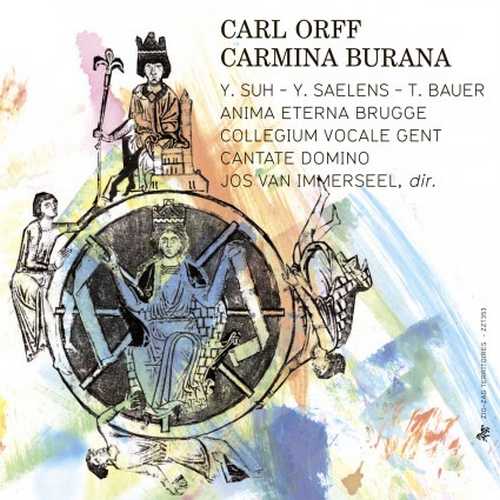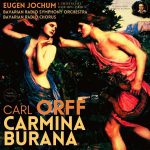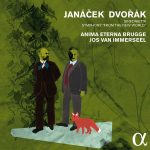
Composer: Carl Orff
Performer: Yeree Suh, Yves Saelens, Thomas Bauer, Anima Eterna Brugge, Collegium Vocale Gent, Cantate Domino
Conductor: Jos van Immerseel
Audio CD
Number of Discs: 1
Format: FLAC (tracks)
Label: Zig-Zag Territoires
Release: 2014
Size: 1.13 GB
Recovery: +3%
Scan: yes
Fortuna Imperatrix Mundi
01. O Fortuna
02. Fortune plango vulnera
I. Primo Vere
03. Veris leta facies
04. Omnia sol temperat
05. Ecce gratum
Uf dem Anger
06. Tanz
07. Floret silva nobilis
08. Chramer, gip die varwe mir
09. Reie
10. Were diu werlt alle min
II. In Taberna
11. Estuans interius
12. Olim lacus colueram
13. Ego sum abbas
14. In taberna quando sumus
III. Cours d’amours
15. Amor volat undique
16. Dies, nox et omnia
17. Stetit puella
18. Circa mea pectora
19. Si puer cum puellula
20. Veni, veni, venias
21. In trutina”
22. Tempus est iocundum
23. Dulcissime”
Blanzifor et Helena
24. Ave formosissima
Fortuna Imperatrix Mundi
25. O Fortuna
Most modern performances of Carl Orff’s Carmina Burana employ a full-scale symphony orchestra, replete with a large string section that tends to homogenize the overall sound and obscure details of the orchestration. This rendition by Jos van Immerseel and Anima Eterna Brugge offers surprisingly transparent sonorities, produced by emphasizing the winds, pianos, and percussion, reducing the number of strings, and exposing the inventive instrumental combinations that Orff intended to be heard. To further the effort at authenticity, Immerseel also uses vintage German instruments of the 1930s, which would have been desired by Orff, though they became difficult to find after WWII and have been supplanted in most recordings by less distinctive modern instruments. Do these historically informed decisions make a difference in the way Carmina Burana sounds and affects listeners? It is certainly cleaner in sound and crisper in accentuation, and the leaner textures make the diction of Collegium Vocale Gent and Scholum Cantorum Cantate Domino perfectly audible. Expressively, this is an exciting interpretation, full of energy and rhythmic propulsion, and whatever view one takes of Carmina Burana’s inherent musical value, this recording is an excellent presentation that makes the case for following authentic period practices, even in a 20th century work.



